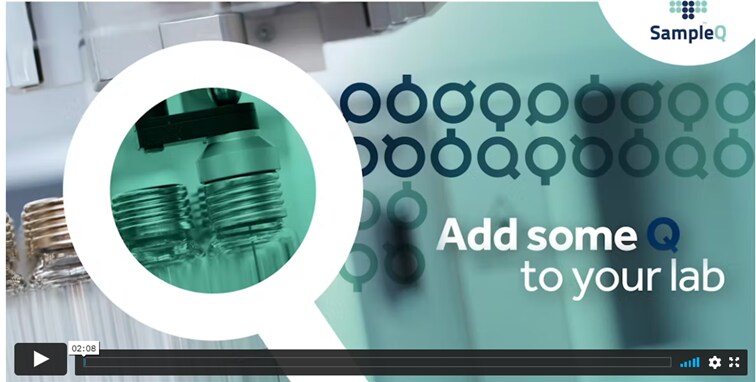Jorn Hofsteenge, SampleQ, The Netherlands, GC, GC-MS Application Specialist, contributed to this article.
If the analysis of MOSH/MOAH (Mineral Oil Saturated Hydrocarbons and Mineral Oil Aromatic Hydrocarbons) is a challenge in your lab, you know how complicated the sample preparation can be.
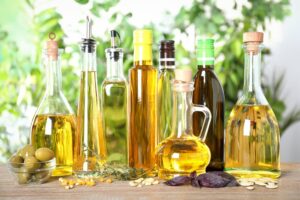 The EN 16995:2017describes: Foodstuff – Vegetable oils and foodstuff on basis of vegetable oils – Determination of MOSH/MOAH with on-line HPLC-GC-FID analysis (from C10 – C50). This European standard was approved by CEN (The European Committee for Standardisation) on March 10, 2017.[1]
The EN 16995:2017describes: Foodstuff – Vegetable oils and foodstuff on basis of vegetable oils – Determination of MOSH/MOAH with on-line HPLC-GC-FID analysis (from C10 – C50). This European standard was approved by CEN (The European Committee for Standardisation) on March 10, 2017.[1]
“The method has been tested in an interlaboratory study via the analysis of both naturally contaminated and spiked vegetable oil samples and mayonnaise and margarine samples, ranging from 4mg/kg to 196 mg/kg for MOSH, and from 2 mg/kg for MOAH. According to the results in the interlaboratory studies, the method has been proven suitable for MOSH and MOAH mass concentrations each above 10 mg/kg. In the case of suspected interferences from natural sources, the fossil origin of the MOSH and MOAH fraction can be verified by examination of the pattern by GC-MS.” [1]
Definitions
The following hydrocarbons can be analytically determined within the scope of this test specification:
- Mineral oil saturated hydrocarbons (MOSH): saturated hydrocarbons from mineral oil. These consist of kerosenes (open-chain hydrocarbons) and naphthenes (cyclic hydrocarbons), most of which are highly alkylated and either come directly from petroleum or are formed by the hydrogenation of aromatics and other conversion processes during refining. Much MOSH/MOAH also comes from contact with contaminated packaging material, exhaust fumes or even chemicals used in the extraction process.
How do mineral oils get into food?
Foodstuffs, however, can also contain residues of mineral oils even before packaging. On one hand, contamination can occur during the transport of foodstuffs in jute sacks contaminated with mineral oils. On the other hand, there is the possibility of mineral oil contamination during food production, e.g., through oily machine parts or through lubricating greases used during maintenance or cleaning. Mineral oil-containing wax coatings applied directly to foodstuffs or mineral oil-containing food additives used for surface treatment can also cause mineral oil contamination. Jute bags contaminated with mineral oil are still widely used in many countries.
Furthermore, an environmental “basic contamination” of food raw materials with mineral oil hydrocarbons is possible, e.g., through exhaust gas from gasoline engines, emissions from energy supply and industrial plants as well as fine dust from asphalted roads. [3] There also can be intentional contamination (food fraud), as with Ukrainian sunflower oil in the 1990s.
Actual situation
MOSH/MOAH is an issue that has existed for many years.
Food Watch International continuously monitors the MOSH/MOAH situation. There are many products that do not meet the criteria in the EU, which specifies a detection limit of 0.5 mg/kg.
Recently, German magazine Ökotest analyzed 20 olive oils, and 19 of them were contaminated with MOSH and/or MOAH.
Foodnavigator also showed results for contaminated stock cubes.
The Foodpackagingforum found products containing MOAH include bouillon powders, margarine, hazelnut spreads, cheese, cereal and chocolates. It also measured the presence of mineral oil saturated hydrocarbons (MOSH) in 92% of tested products, with concentrations ranging from 0.5 to 140 mg/kg.
The list is endless and MOSH/MOAH becomes more and more of a problem in different matrices, further increasing the demand for a fully automated method.
What are the challenges?
If you need to deliver a certificate of analysis before you can sell your product to the food industry, you already know the issues. However, there are a couple of challenges with determining MOSH/MOAH.
- The key to success is using a heated line and heated valves, which helps avoid time-consuming cleaning procedures and the chance of unreliable results.
- Some people are still performing manual sample preparation. There are a lot of steps involved — and all can be prone to human error. Are you familiar with this situation in your lab? Look at our fully automated solution with the Thermo Scientific™ TriPlus™ RSH™ SMART autosampler.
- Are you still using up to four different software platforms within your complete process? If so, upgrade your MOSH/MOAH analysis to the next step. Learn how to automatically prep samples and report out using one solution — Thermo Scientific™Chromeleon™ Chromatography Data System (CDS)software.
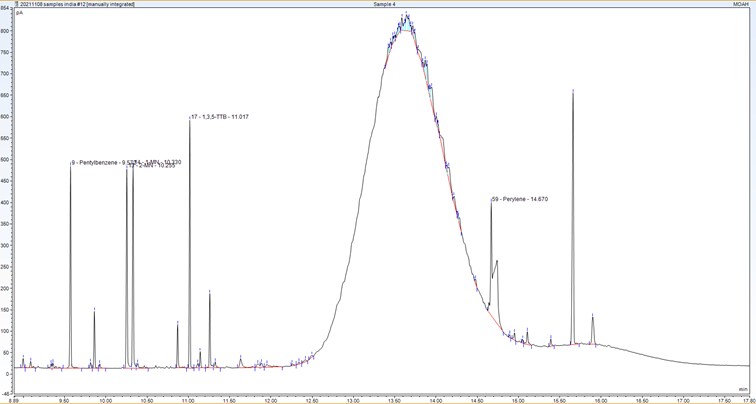 Figure 1: FID chromatogram of a jute bag.
Figure 1: FID chromatogram of a jute bag.
Does this chromatogram look familiar to you? Are you still using Microsoft® Excel® for data treatment, leaving your software foundation and losing track of your data? We have a solution that is fully supported in Chromeleon CDS, and it doesn’t take hours to copy and paste data with our plugin solution. Minimize your errors, time and labor following our automated workflow.
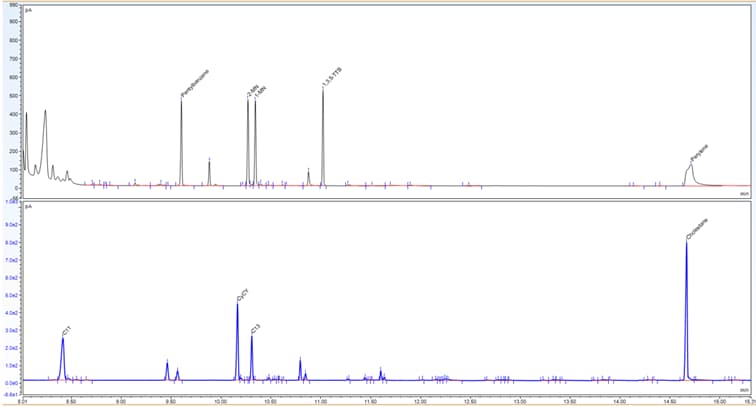 Figure 2: Dual channel FID chromatogram with MOAH in the 1st channel and MOSH in the 2nd channel.
Figure 2: Dual channel FID chromatogram with MOAH in the 1st channel and MOSH in the 2nd channel.
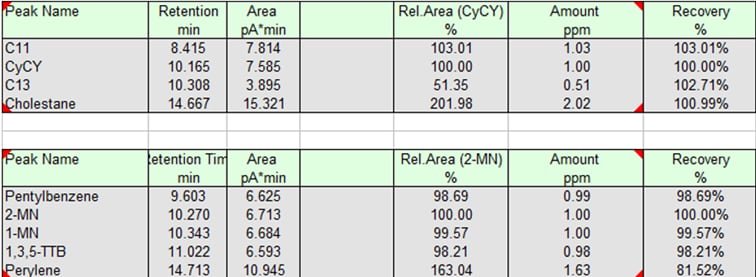 Figure 3: Fully automated report in Chromeleon CDS.
Figure 3: Fully automated report in Chromeleon CDS.
And now the question is, how do we get there?
The new in combination with the new and the Thermo Scientific™ TriPlus™ RSH SMART, is your combination of choice to generate MOSH/MOAH data according to the EN 16995:2017 method.
It can be that easy. You simply use Chromeleon CDS, stay in the same software platform and within 10 seconds the quantification is performed, and the results are ready to export. They can be exported into the local LIMS system for data reporting and/or into Microsoft Excel for control. The process is fully automated, and the results are the same in either Microsoft Excel or Chromeleon CDS. This is a proven combination that is already installed in labs across the world.
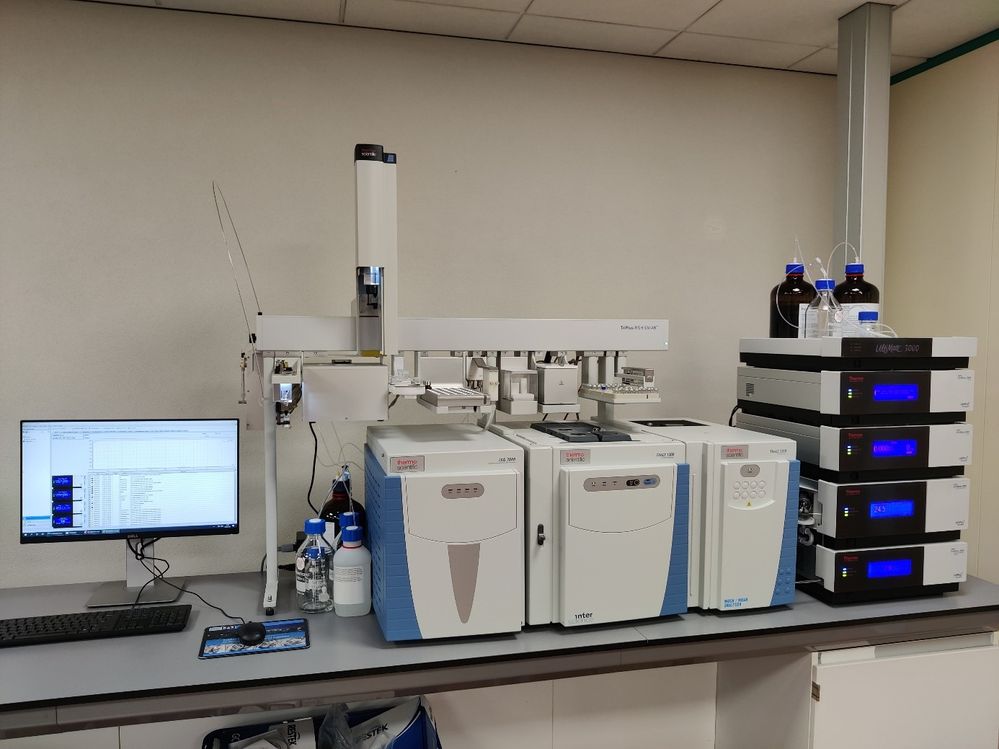 Figure 4 : Photo of the integrated system in the lab.
Figure 4 : Photo of the integrated system in the lab.
Would you like to see how all the technology works together?
View this video from our partner, SampleQ, below. Or visit SampleQ
To see the recent webinar, Analysis of mineral oil saturated hydrocarbons and mineral oil aromatic hydrocarbons (MOSH/MOAH), click here.
Conclusions
Use an easy and proven plug-and-play method for the determination of MOSH/MOAH. This headache-free sample preparation is fully automated with the Tri Plus RSH SMART technology. With the newest standard in HPLC technology, the Thermo Scientific™ Vanquish™ normal phase system — in combination with the TRCE 1600 GC series — you are equipped with state-of-the-art instrument technology. And the nicest part is thatthis solution is all controlled from one software platform: Thermo Scientific™ Chromeleon™ Chromatography Data System (CDS).You place your sample in the autosampler, press start and get a complete analysis for MOSH/MOAH according to the EN 16995:2017 method.
With the right products, tools, and technology, you can get reliable results easily, saving time and reducing errors in your lab.
To learn more about our automated solutions in cooperation with SampleQ, visit:
www.thermofisher.com/gc-automation.
Resources
[1] EN 16995:2917 (E)
[2] Bestimmung von Kohlenwasserstoffen aus Mineralöl (MOSH und MOAH) oder Kunststoffen (POSH, PAO) in Verpackungsmaterialien und trockenen Lebensmitteln mittels Festphasenextraktion und GC-FID) – Analysenmethode (BfR)

When “Fairy Lights” Turn Toxic: The Hidden Hazard of Chlorinated Paraffins
Are you looking forward to the holidays and a lot of cozy ev...
Read More
MOSH/MOAH Analysis: Technology, Regulation, and the Road Ahead
Mineral oil hydrocarbons (MOSH) and mineral oil aromatic hyd...
Read More
Chromeleon CDS: Hints and Tips to Help Optimize your GC-MS Workflows
Gas Chromatography-Mass Spectrometry (GC-MS) is a workhorse ...
Read More
Stay Ahead in Developing Green Energy Solutions with FAME Analysis for Jet Fuel
Biofuels, particularly biodiesel, are an attractive, cleaner...
Read More